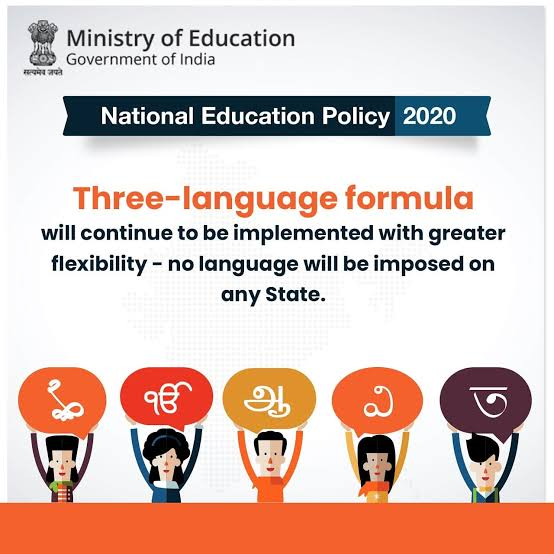The Importance of Multilingualism in Education: Insights from the National Education Policy 2020 in India
India is a diverse country with a rich linguistic heritage. The National Education Policy 2020 (NEP 2020) recognizes the importance of multilingualism in education and aims to promote the use of mother tongue or regional languages as the medium of instruction until at least Grade 5. Let's explore this aspect in detail.
The NEP 2020 emphasizes the need to recognize and respect the linguistic diversity of the country. It states that "children learn and grasp non-trivial concepts more quickly in their home language or mother tongue." Therefore, the policy recommends that the medium of instruction in schools should be the mother tongue or regional language until at least Grade 5, and preferably until Grade 8.
The NEP 2020 also recommends that children should learn at least two other languages, in addition to their mother tongue, throughout their schooling. This will help them become multilingual and enhance their cognitive abilities. The policy encourages the teaching of classical languages, including Sanskrit, Pali, and Prakrit, along with foreign languages such as French, German, Spanish, Mandarin, and Japanese.
Moreover, the NEP 2020 emphasizes the need to develop high-quality educational resources in all languages spoken in India, including tribal and regional languages. The policy aims to promote the use of technology for the development of multilingual digital resources to make education accessible to all.
The implementation of the multilingualism aspect of the NEP 2020 will require significant efforts and collaboration between various stakeholders, including the government, educationists, and communities. It is a positive step towards preserving and promoting India's rich linguistic heritage while ensuring that children receive high-quality education.
In conclusion, the NEP 2020 recognizes the importance of multilingualism in education and emphasizes the need to promote the use of mother tongue or regional languages as the medium of instruction until at least Grade 5. The policy also encourages the learning of at least two other languages, including classical and foreign languages. The implementation of this aspect of the NEP 2020 will require collaboration and concerted efforts from various stakeholders.




Yes, multilingualism in education breaks the barriers of our social relationship within the school and our communities.
ReplyDeleteVery informative 👍
ReplyDeleteThank you!
Delete